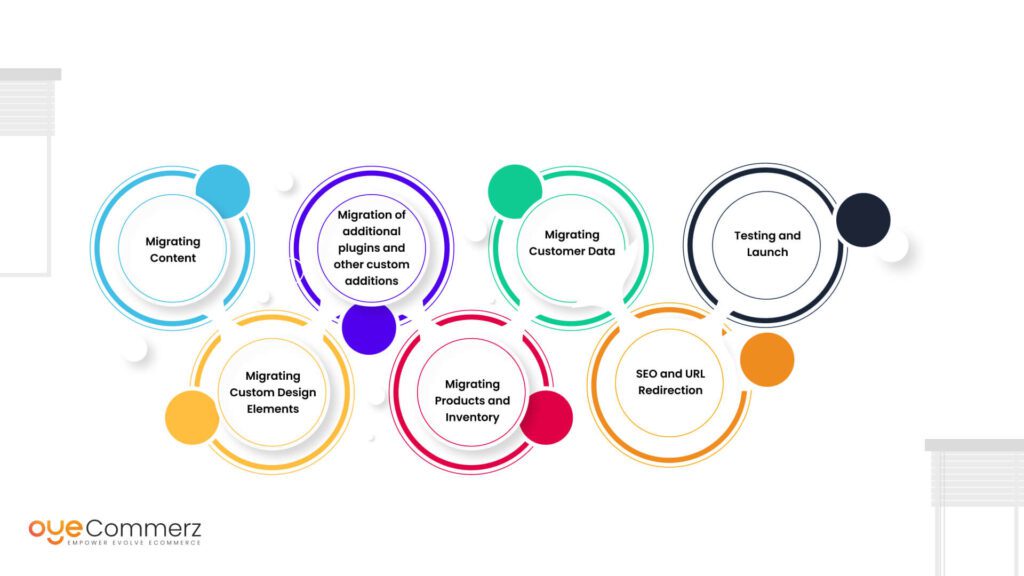In the dynamic landscape of online retail, selecting the right system is essential for your brand’s growth. If you’re currently using WP and planning a migration to Shopify, you’re not alone. Many businesses are shifting to leverage Shopify’s robust capabilities, simplicity, and scalability. This guide will guide you on the steps of migrating from WP to this platform seamlessly, ensuring that you unlock your online retail potential.
Why Migrate from WordPress to Shopify?
Prior to exploring the migration procedure, it’s important to know why this shift can be beneficial for your digital storefront:
Accessible Tools: Shopify offers an straightforward dashboard that streamlines store handling, allowing for non-technical users.
Scalability: As your business develops, Shopify can support increased visitors and sales without sacrificing efficiency.
All-in-One Solutions: Shopify comes with built-in resources for SEO, analytics, payment handling, and much more, minimizing the need for numerous plugins.
Robust Protection: With Shopify, you get access to strong security features that protect critical customer data.
Steps for a Seamless Migration
Migrating your digital shop from WordPress to Shopify includes several actions.
Here’s the way to facilitate a hassle-free transition:
Plan Your Migration Strategy
Kick-off by drafting your migration plan. Identify which aspects of your current site you plan to migrate, such as:
Inventory information
Client data
Order history
Articles
Pick the Appropriate Migration Solution
Considering your requirements, choose a migration plan that suits your business. Migration experts delivers multiple choices:
Entry-Level Plan: Suitable for compact stores with minimal products.
Regular Option: Appropriate for mid-range businesses with moderate demands.
Advanced Plan: Best for larger stores requiring broad customization.
Backup Your Information
Before initiating the migration, guarantee that you have a complete copy of your WordPress site. This step is critical in situations where anything goes off track during the transfer.
Retrieve Your Data from WP
Use tools or custom scripts to export essential information from your WP site:
Inventory
Clients
Transactions
Content pieces
Migrate Data into Shopify
When you have your information retrieved, use Shopify’s migration apps or specialized apps to upload your information into your updated store. Ensure that all information is properly organized and arranged.
Customize Your Shopify Site
Following migrating information, tailor your Shopify store’s design to reflect with your style. Look into engaging a specialist if you require advanced customization.
Configure Payment Gateways and Logistics
Arrange payment gateways and delivery choices in Shopify to create a user-friendly transaction experience for customers.
Implement SEO Standards
To preserve your SEO performance during the transition:
Set up 301 link updates from previous shop platform migration URLs to migrated ones.
Update meta tags.
Adjust images and copy for SEO.
Review Your Updated Shop
Ahead of going live, thoroughly review your new platform. Shopify post-migration services Look out for any errors, payment processing issues, or missing data.
Launch Your Site
When everything is in place, it’s the opportunity to go live! Share the transition to your users and invite them to explore the updated features of your Shopify store.
Post-Migration Assistance
Following publishing your updated store, ongoing assistance is important. Consider working with experts who can guide with:
Site maintenance
Marketing strategies
Improvement strategies
Conclusion
Migrating from WP to this platform can be a crucial move for your digital business. By adopting this guide and utilizing professional services like those offered by OyeCommerz, you can ensure a smooth transition that boosts your digital storefront. Adapt to the opportunity and unlock the full capabilities of Shopify today!
